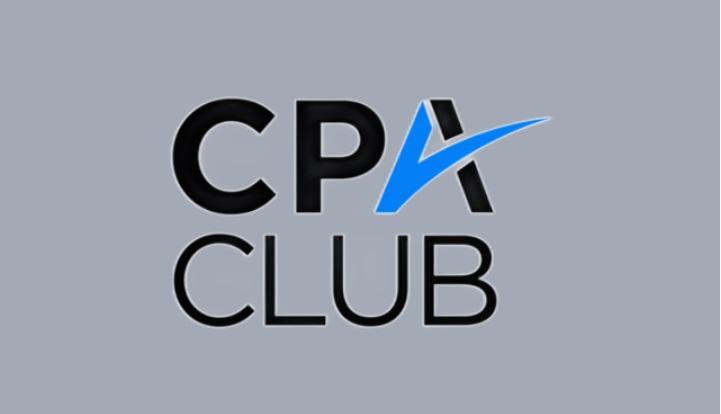Cloud computing continues to be the topic of much discussion and debate as firms map out their future technology roadmaps. Much that’s written is about the benefits and challenges of the cloud as a whole. As we evaluate cloud solutions, should our process for evaluation be any different than in the past? There is a tendency to lump all cloud solutions together and then analyze them on the aggregate.
Ultimately making the decision of whether we are cloud believers or opponents. But we should really be judging solutions on their individual merits, just as we’ve done with on premise solutions. So, what are the key criteria for evaluating a cloud solution?
Mobile
The world is becoming more mobile every day and we can no longer talk about preparing for mobile computing – it is here. While not all mobile apps require a connection to a cloud solution, it does simplify things and reduces friction of data flow. As you do your evaluation, you must get a grasp on the provider’s mobile strategy. Do they have a mobile app? If not, are they working on one? And, it’s not just about having an app but one that makes life easier and addresses a current pain point for mobile workers.
Real-Time
We live in a world of instant gratification. We no longer have to wait for the evening news or the next day’s newspaper to learn what’s going on in the world. Why should we have to wait for our critical business data to be updated so we can make decisions? Real-time data feeds and dynamic dashboards/reports are becoming the norm. Understanding whether a solution is tapping into real-time data is a must. We no longer have to settle for solutions that periodically update our data and pull static reports. We want and need the information based on now and with the cloud, we can have it.
Hardware Agnostic
Every once in a while I run into a firm that has exited the PC world and is running all Apple computers. It’s certainly not the norm and not even a large minority. But there is definitely a movement away from the days of the standard issue PC. Workers access data and systems from PCs, Macs, Tablets and Smartphones using various operating systems. A solution that works across the spectrum of platforms is becoming more important. And the expectation is not simply that it works on any device but also that there is a common user interface.
Scalability
Scalability is one of those tried and true criteria we have been using in the software evaluation process for years. However, we’ve primarily looked at it from a perspective of “can it scale as our organization grows?” While this is very important we also must look at scalability in terms of our client base. Can it meet the needs of our smaller, simpler clients while at the same time catering to larger, complex businesses? Sometimes the answer will be “no” and you’ll either need to explore another solution or select multiple tools to serve clients.
Open Architecture
Integration has always been important but is becoming increasingly so as cloud solutions mature and gain momentum. An open architecture will be the determinant to future success for solution providers. As I wrote in my column on cloud ecosystems a couple months ago, those that accept that they can’t be all things to all people will adopt an open, collaborative approach and will have an advantage. Those who hold on to a closed, proprietary model will likely get left behind as they frantically try to hold on to market share of their legacy systems.
Need for Speed
The pace of change is increasing and technology is at the heart of much it. Select solutions that have not only a willingness to listen and adapt to the needs of the market but also the resources to respond quickly. Speed matters and the pace of innovation will only intensify making it more important that your solution providers continuously keep their eye toward the future.
In reality, selecting a cloud solution is not all that different from the traditional process we’ve used with on premise software. However, if your combine the six criteria above with those time-tested measures you’ve been relying upon for years, you’ll end up with a solution that meets your needs today and into the future.
Thanks for reading CPA Practice Advisor!
Subscribe Already registered? Log In
Need more information? Read the FAQs
Tags: Firm Management, Technology




